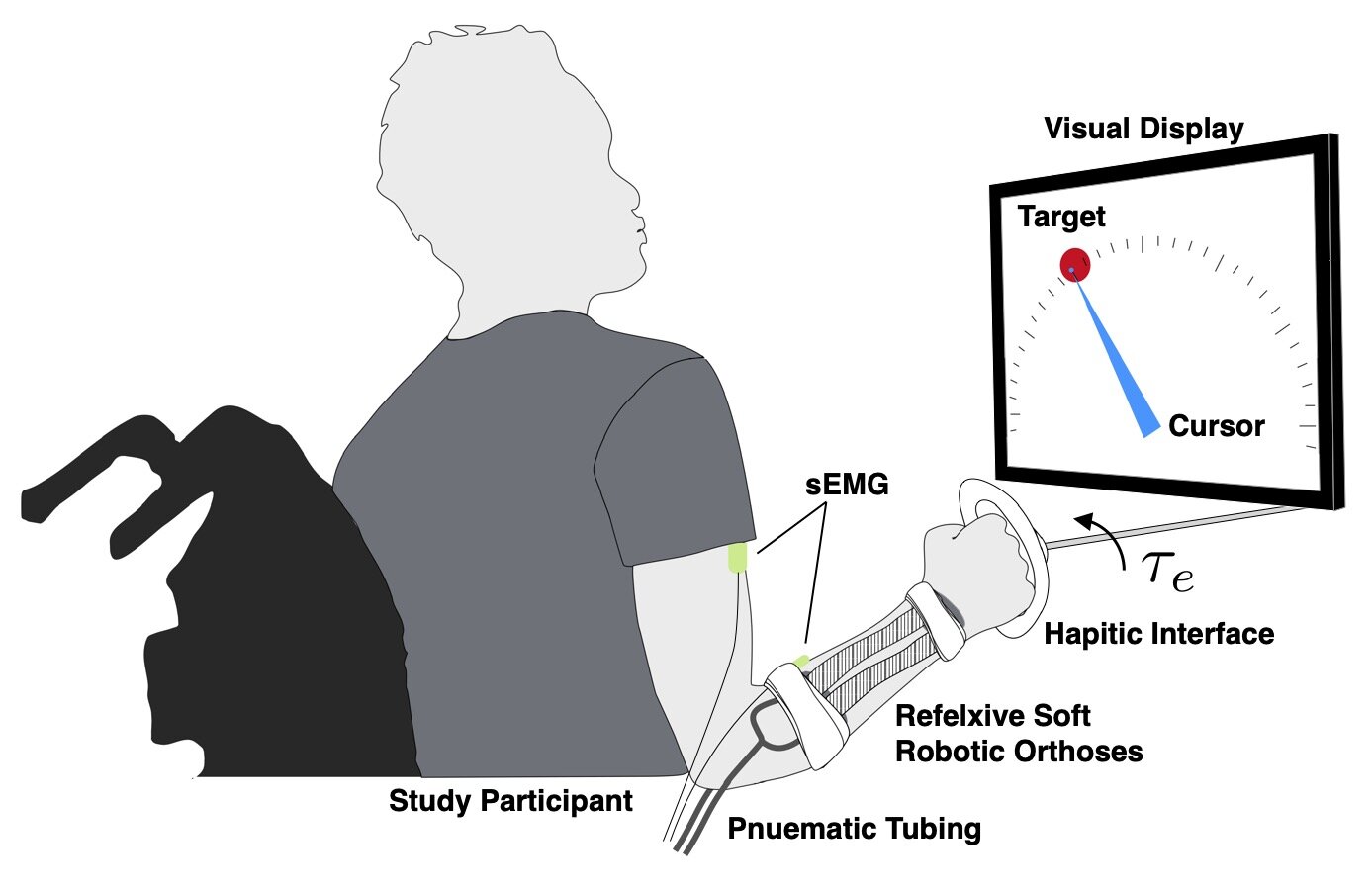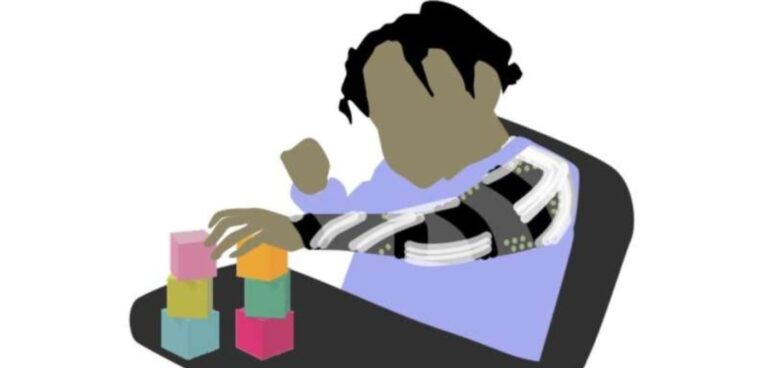Engineers from UC Riverside in California are developing affordable robotic clothing to support children with cerebral palsy to have control over their arm movements.
The robotised clothing is designed to provide long-term daily help for those with cerebral palsy, which is the most common cause of serious physical disability in childhood.
The engineers will partner with Children’s Hospital of Orange County, where patients from a paediatric movement disorder clinic will support with trials of the prototypes.
The mechanical nature of most robots means they are uncomfortable against the human body; this project, backed by US$1.5m (£1.38m) from the National Science Foundation, an independent research agency of the US government, will attempt to use soft textiles to enable more natural limb functioning.
Use of textiles, rather than typical manufacturing materials, will also help minimise development costs, in addition to reduced use of complicated electronic components.
“Hard materials don’t interact well with humans,” said Jonathan Realmuto, UCR assistant professor of mechanical engineering and project lead.
“What we’re going for by using materials like nylon and elastic are essentially robotic garments.”
“Let’s say you want to flex the elbow for a bicep curl.
“We can inject air into specially designed bladders embedded in the fabric that would propel the arm forward.”
The designed garments will contain sealed, airtight areas that can inflate, making them temporarily firm to offer the force for movement.

The project will not only be about building the device, but also developing the necessary algorithms to teach the robot to predict the wearers’ desired movements.
“One of the critical challenges in providing movements assistance is interpreting a person’s intention.
“We want a “volitional controller,” so the robot behaves in terms of what the human wants to do,” Realmuto said.
A key part of such a control are the small sensors on the sleeves to detect the small voltages created by contracting muscles, which will feed this voltage information into the algorithm trained to interpret the users’ intentions.
The research team also plans to hold annual meetings at the hospital throughout the four-year project, which will include patients, their families and occupational therapists to collect feedback on the device as it is developed.
“By centring stakeholders in our design process, we hope to develop a product that truly works for them,” Realmuto said.
“If we can help kids brush their own teeth, pour water or open doors, actions that others take for granted, it’s a huge win for them,” Realmuto said.
“But it’s also a win for their families and caretakers.”
The research team believes the device could help empower both patients and broader communities to be more independent.
Despite the current focus on children, the technology also has potential uses within further applications and demographics, including geriatric patients and other adults with mobility challenges.









